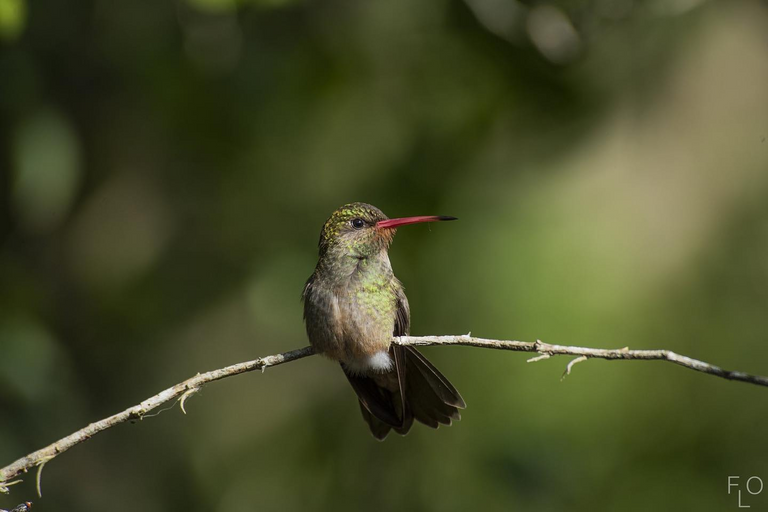
En el año 2018 tuve la oportunidad de visitar con unos amigos el segundo humedal más grande de Latinoamérica (el primero obviamente es el Pantanal brasileño).
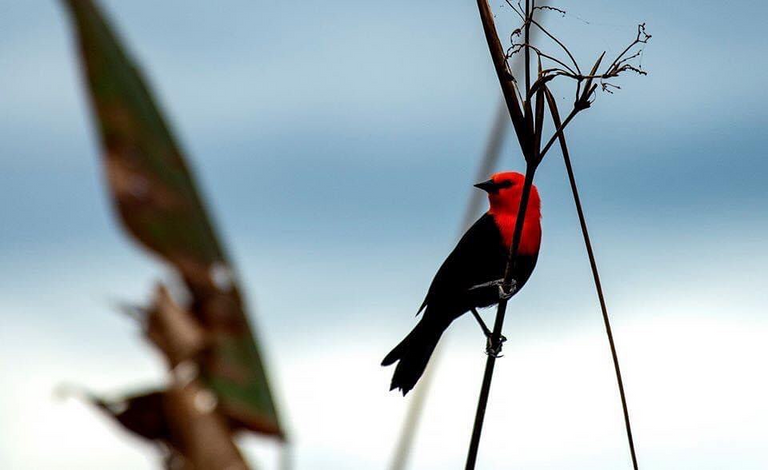
Estoy hablando de los Esteros del Iberá en la llamada mesopotamia argentina.
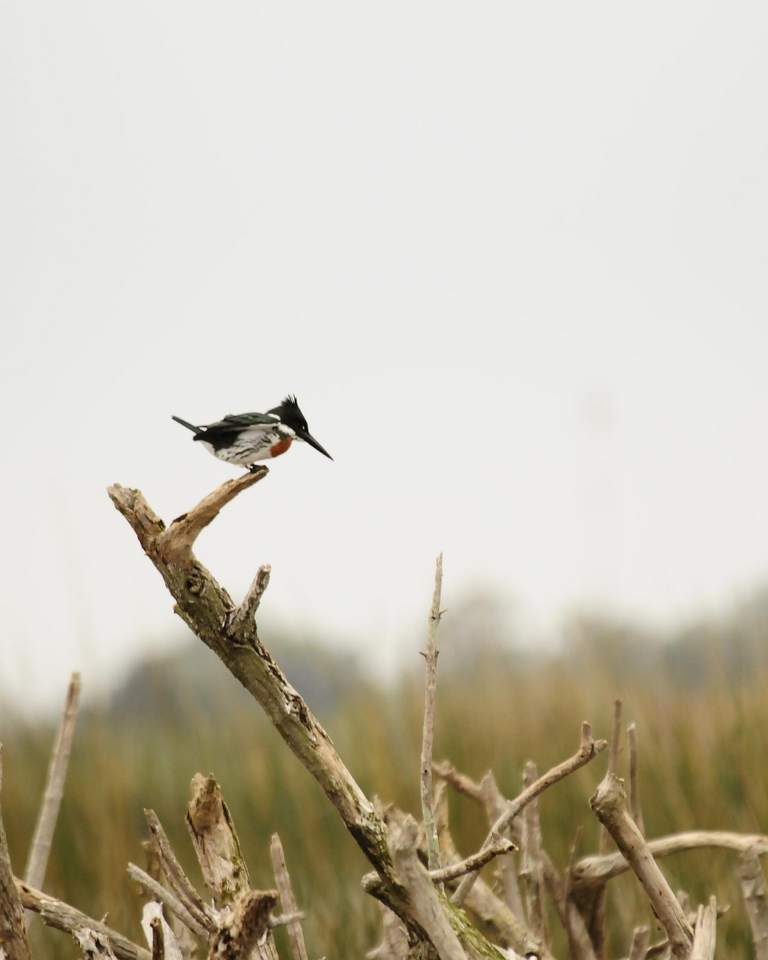
Un poco por trabajo, ya que me dedico a todo lo que se refiere a la preservación del medio ambiente y otro poco por curiosidad tuve la posibilidad de fotografiar la increíble avifauna que puebla los esteros.
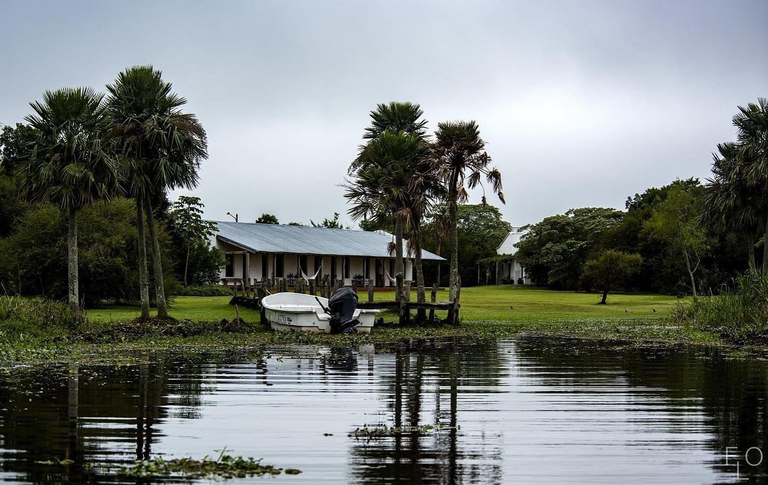
Es el segundo humedal del mundo por su extensión, solo detrás del gigantesco Pantanal brasileño en el corazón del Amazonas, y alberga en su interior una increíble cantidad de fauna de todo tipo, pero especialmente aves.

Los Esteros del Iberá comprenden una superficie que va de los 15.000 a 20.000 km2 ya que no tiene límites perfectamente definidos por tratarse de un complejo sistema léntico como me lo explicaron, es decir cuerpos de agua cerrados que permanecen en un mismo lugar sin correr, ni fluir y que desarrollan en su interior un ecosistema tropical extremadamente rico y variado.

Uno de los animales que más me sorprendió es el llamado Ciervo de los Pantanos (cuyas imágenes junto al resto de la funa les mostraé en otro post) ya que siempre tuve esta especie como endemica de las pampas, especialmente en la zona de bosques bajos como el calden.
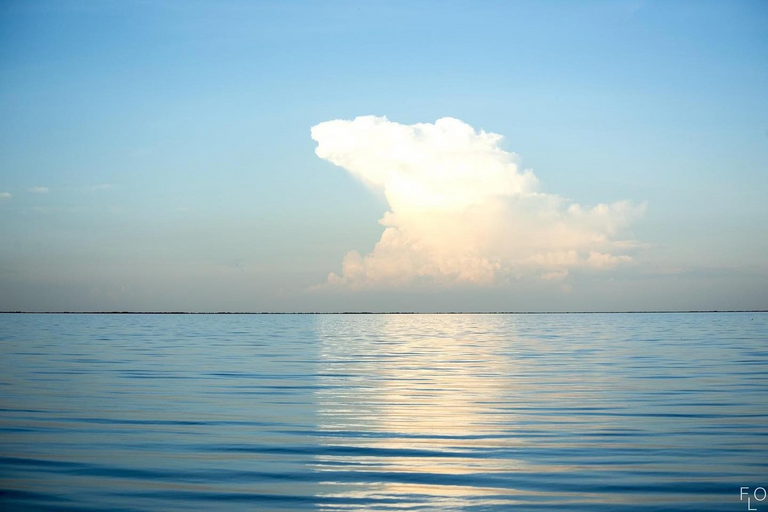
Hay algunas especies que todavía no han sido descubiertas por los entomólogos argentinos, para entender verdaderamente la magnitud de la avifauna, ya que hay ciertos lugares que son casi impenetrables.

In 2018 I had the opportunity to visit with some friends the second largest wetland in Latin America (the first is obviously the Brazilian Pantanal).
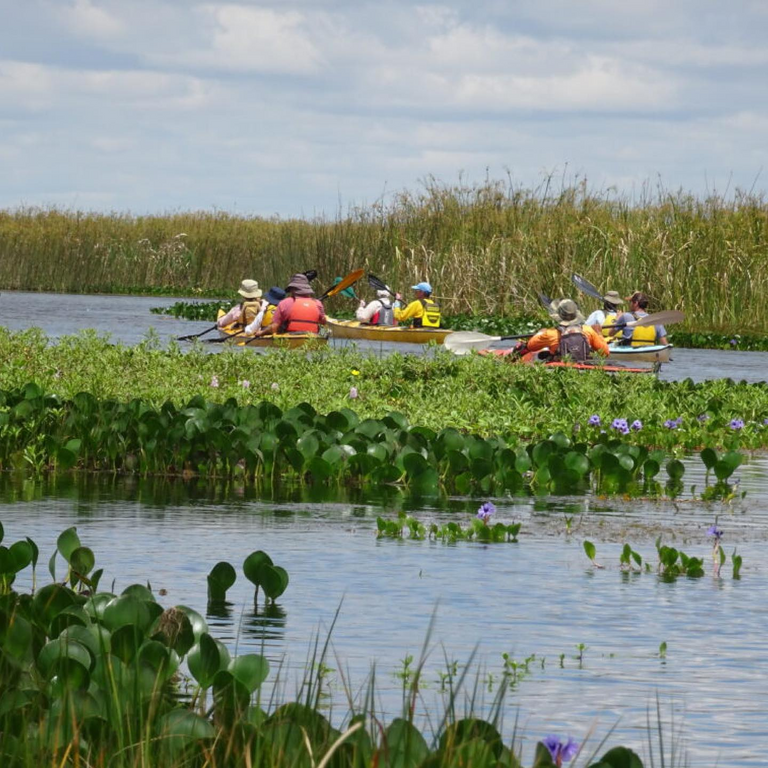



In 2018 I had the opportunity to visit with some friends the second largest wetland in Latin America (the first is obviously the Brazilian Pantanal).

I'm talking about the Iberá Wetlands in the so-called Argentine Mesopotamia.
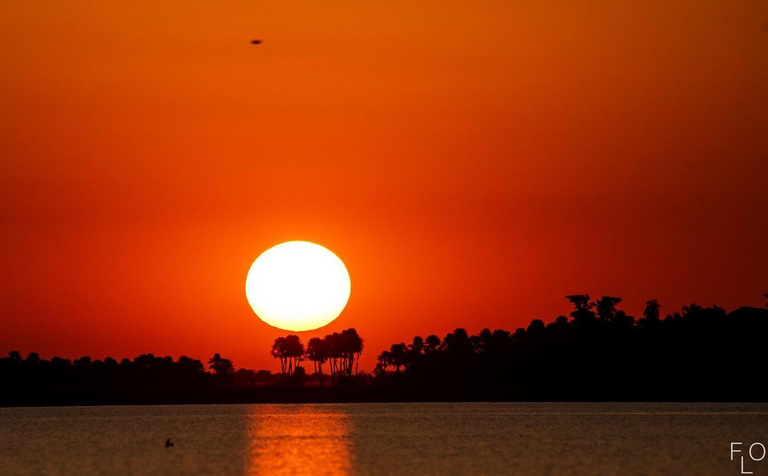
A little for work since I dedicate myself to everything that refers to the preservation of the environment and a little out of curiosity I had the opportunity to photograph the incredible birdlife that populates the estuaries.

It is the second largest wetland in the world, only behind the gigantic Brazilian Pantanal in the heart of the Amazon, and is home to an incredible amount of fauna of all kinds, but especially birds.
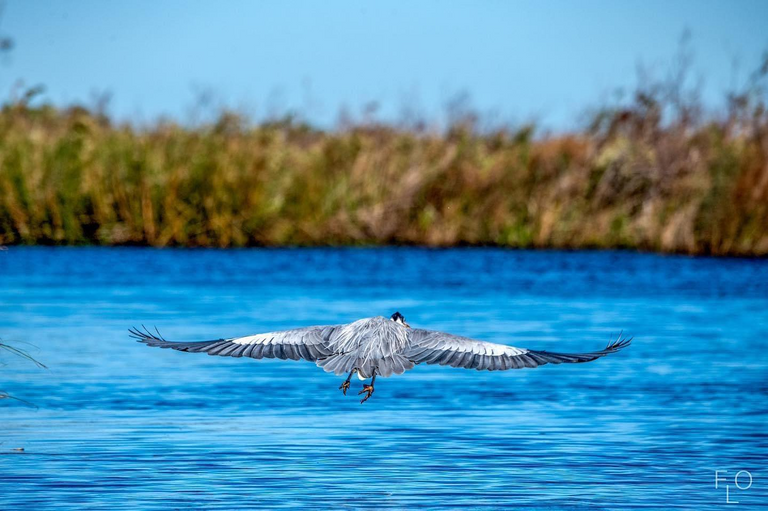
The Iberá Wetlands cover a surface that ranges from 15,000 to 20,000 km2 since it does not have perfectly defined limits because it is a complex lentic system as explained to me, that is, closed bodies of water that remain in the same place without running, or flow and develop an extremely rich and varied tropical ecosystem within it.
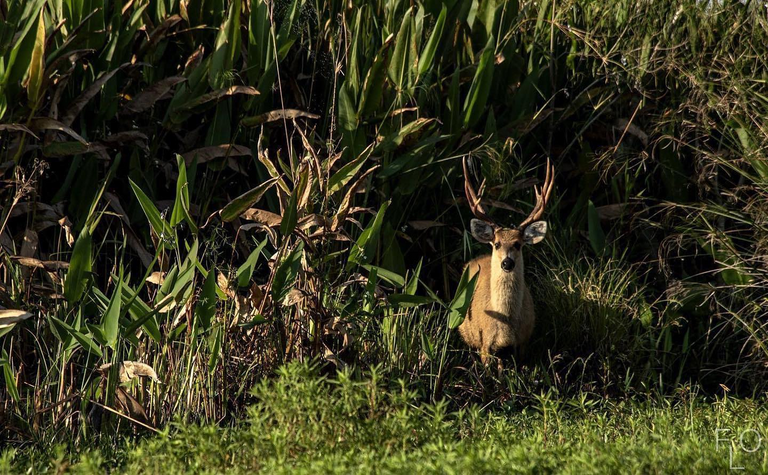
One of the animals that surprised me the most is the so-called Swamp Deer (whose images along with the rest of the funa I will show you in another post) since I always had this species as endemic to the pampas, especially in the low forest area such as the calden.
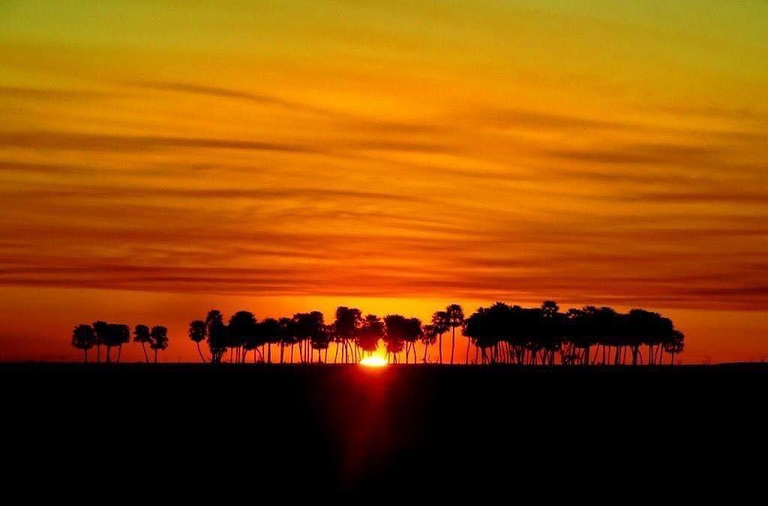
There are some species that have not yet been discovered by Argentine entomologists, to truly understand the magnitude of the birdlife, since there are certain places that are almost impenetrable.
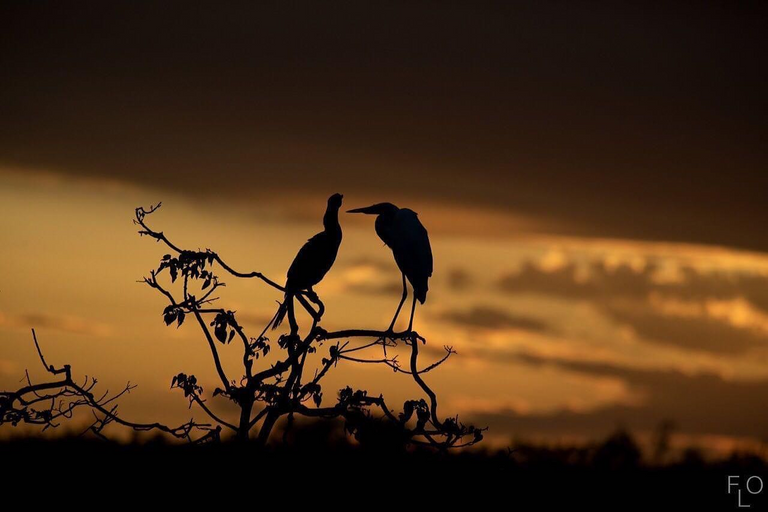
I'm talking about the Iberá Wetlands in the so-called Argentine Mesopotamia.

A little for work since I dedicate myself to everything that refers to the preservation of the environment and a little out of curiosity I had the opportunity to photograph the incredible birdlife that populates the estuaries.

It is the second largest wetland in the world, only behind the gigantic Brazilian Pantanal in the heart of the Amazon, and is home to an incredible amount of fauna of all kinds, but especially birds.

The Iberá Wetlands cover a surface that ranges from 15,000 to 20,000 km2 since it does not have perfectly defined limits because it is a complex lentic system as explained to me, that is, closed bodies of water that remain in the same place without running, or flow and develop an extremely rich and varied tropical ecosystem within it.

One of the animals that surprised me the most is the so-called Swamp Deer (whose images along with the rest of the funa I will show you in another post) since I always had this species as endemic to the pampas, especially in the low forest area such as the calden.

There are some species that have not yet been discovered by Argentine entomologists, to truly understand the magnitude of the birdlife, since there are certain places that are almost impenetrable.
Fuente de las imagenes / Sources images: Esteros del Iberà.


Fuentes consultadas (de mi propiedad) para la elaboración del presente artículo. / Consulted sources (of my property) for the preparation of this article
| Argentina Discovery. |  |
|---|---|
| Galería Fotográfica de Argentina. |  |
| Viaggio in Argentina. |  |
Wow belleza de flora y fauna. No conocía acerca de ese humedal, pero es algo fascinante.
Qué bonito que su trabajo le permita disfrutar de la naturaleza en todo su esplendor.
Mi saludo cubano 🇨🇺.
Gracias @lienladysweet, mi sueño es conocer algún día ese hermoso país. Cuando coleccionaba sellos postales (era bastante más joven que ahora) tenía un corresponsal en Cuba que me mandaba (y yo le mandaba de Argentina) y aún conservo muchos sellos de su país.
¡Qué bonito pasatiempos el de coleccionar sellos! Y si son de lugares hermosos, mejor aún.
Ojalá algún día pueda visitar mi Cuba bella. Tiene lugares increíbles. Ojalá yo también pueda conocer su Argentina 🇦🇷.
Sueños por cumplir... Que la vida nos sonría.
Saludos!
Congratulations! 🏆
You have recieved a coconutty upvote! 🥥
Thank you for contributing to the Blurt Blockchain!
Keep up the great work!
Curated by @outofthematrix!
A little reminder: I am a top 20 Blurt witness, sooo please help me stay there!
Please consider taking a moment to vote for my witness, if you haven't already done so!
You can do this by logging into your wallet with your active key! 🗳️
It only takes a few seconds and doesn't cost a cent!
https://blurtwallet.com/~witnesses?highlight=outofthematrix
Thanks @curationcoconut.
Congratulations, your post has been curated by @r2cornell, a curating account for @R2cornell's Discord Community.
Thank you for supporting my content!